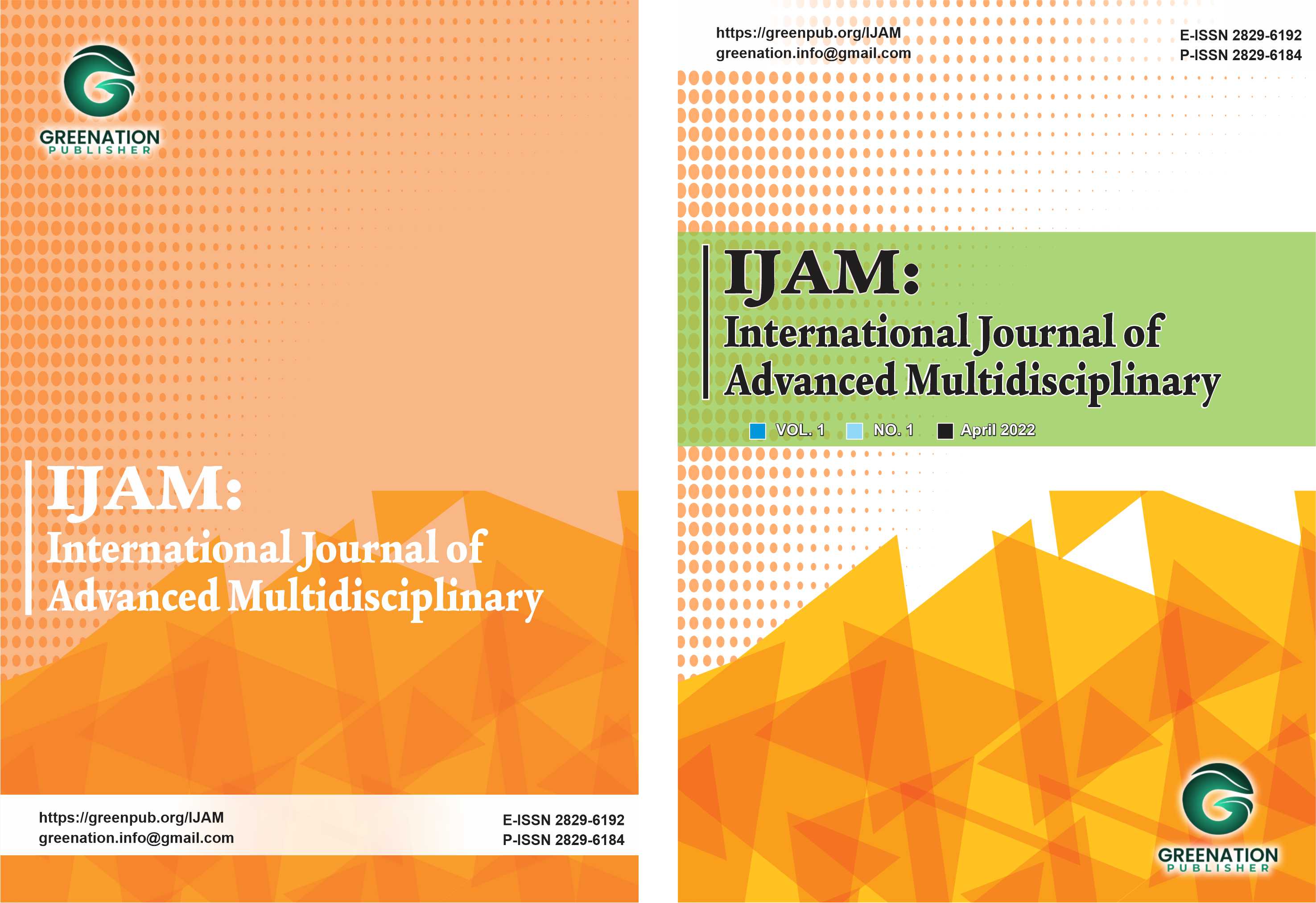The Model of Decision Making For Shopping At Factory Outlets
DOI:
https://doi.org/10.38035/ijam.v2i1.188Keywords:
External Factors, Internal Factors, Individuals, Decision MakingAbstract
Initially, Factory Outlet (FO) referred to stores selling high-quality export ready-to-wear at affordable prices. However, the concept has grown to include a variety of household needs. To excel in this service-oriented industry, emphasis on customer satisfaction is paramount. The surge in world oil prices has had a ripple effect on the cost of essential commodities, resulting in a drain on the purchasing power of many people. However, a gradual shift occurred as Factory Outlets regained popularity due to their reputation for selling quality export goods at lower prices. Indonesia's consumerist tendencies are further fueling demand for these outlets, fueled by attractive discounts and tempting offers. The authors' curiosity was piqued by the lack of similar research on the subject. This research, in particular, explores the influence of individual external and internal factors on the shopping choices of Factory Outlet consumers. In the assessment of Simple Linear Regression 1 X1 to Y, the coefficient of determination is calculated as 0.188 or 18.8%. These results indicate that external factors hold an influence of 18.8% on decision making, while 81.2% (100% - 18.8%) can be attributed to other factors. The results of Simple Linear Regression 2, especially X2 to Y, obtained a coefficient of determination of 0.079 or equivalent to 7.9%. This shows that decision making is strongly influenced by internal factors, while other factors provide an explanation of 92.1% (100% - 7.9%). Multiple Linear Regression Analysis reveals that when X1 and X2 are calculated with Y, the influence of external variables on the decision making variable is determined to be 48.7%. The influence of internal variables on decision-making variables was found to be 7.3%. The combined influence of external and internal variables on decision-making variables is measured at 19.1%. Other variables outside the path analysis model have an effect of 80.9%.
References
Hidayat R. 2007. The Influence of Individual External and Internal Factors on the Level of Public Trust in Utilizing Service Bureaus to Submit PKB/BBNKB in Samsat in the East Bandung Region. Winaya Mukti University Postgraduate Master of Management Thesis.
Jonathan Sarwono. 2006. Research Data Analysis Using SPSS. Publisher Andi
J. Supranto Prof. MA. APU. and H. Nandan Limakrisna Dr. Ir. MM. CQM. Consumer Behavior And Marketing Strategy To Win Business Competition. Media Discourse Partners.
Sugiyono Prof. Dr. Administrative Research Methods (Completed With R&D Methods). CV Alphabet.
Ratih Hurriyati Dr. M.Sc. 2005. Marketing Mix and Consumer Loyalty (Focus on Banking Credit Card Consumers). CV Alphabet.
Viraliyetta. 2007. The Influence of Consumer Perception Factors in the Decision Making Process of Using Credit Cards. Thesis Master of Management Postgraduate Program at Persada Indonesia University YAI
http://www.w3.org/TR/REC-html40
http://www.kompas.com
http://www.antara.com
Downloads
Published
How to Cite
Issue
Section
License
Authors who publish their manuscripts in this journal agree to the following conditions:
- The copyright on each article belongs to the author(s).
- The author acknowledges that the International Journal of Advanced Multidisciplinary (IJAM) has the right to be the first to publish with a Creative Commons Attribution 4.0 International license (Attribution 4.0 International (CC BY 4.0).
- Authors can submit articles separately, arrange for the non-exclusive distribution of manuscripts that have been published in this journal into other versions (e.g., sent to the author's institutional repository, publication into books, etc.), by acknowledging that the manuscript has been published for the first time in the International Journal of Advanced Multidisciplinary (IJAM).























